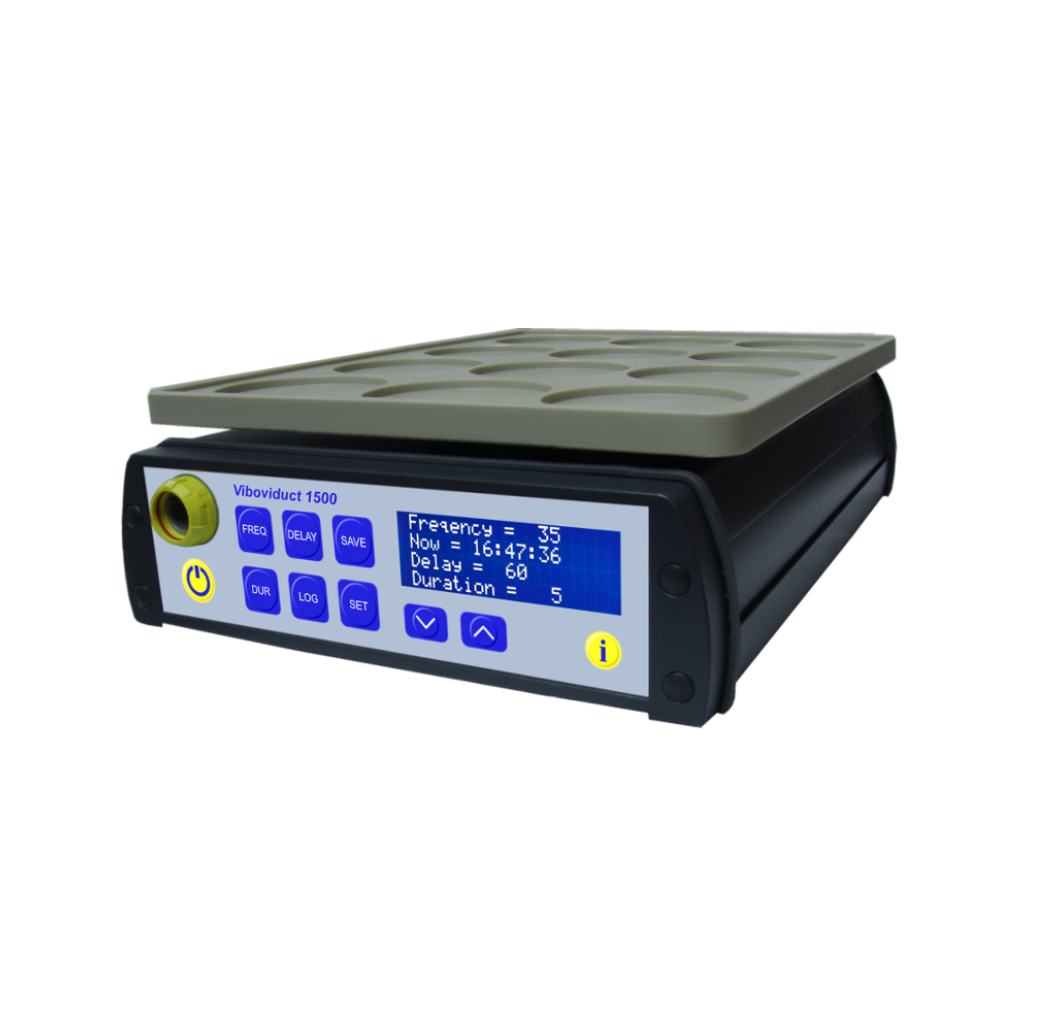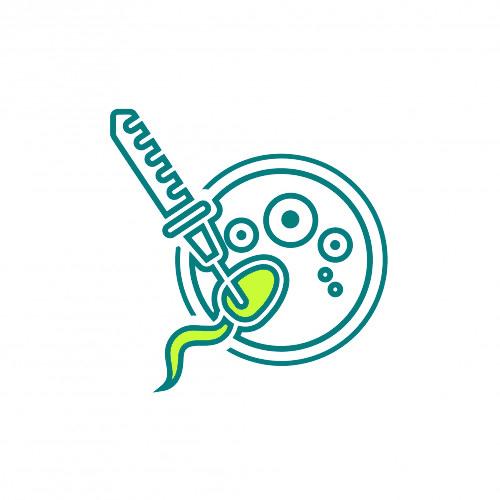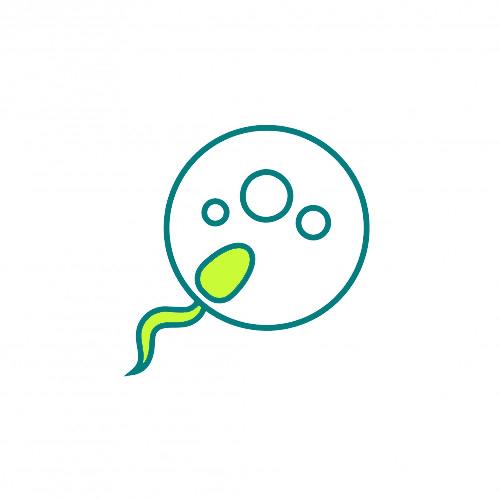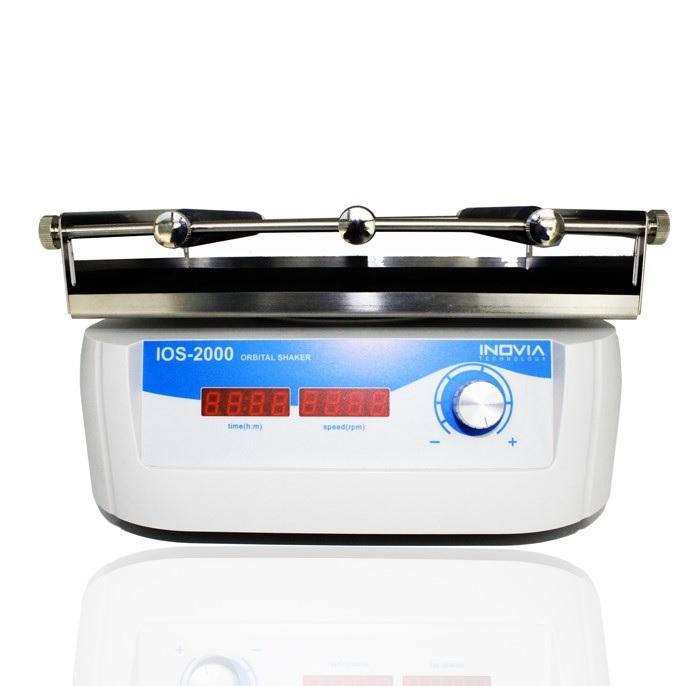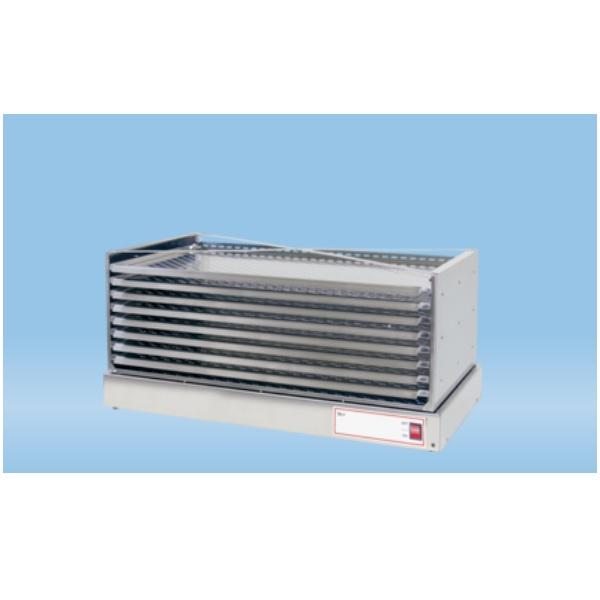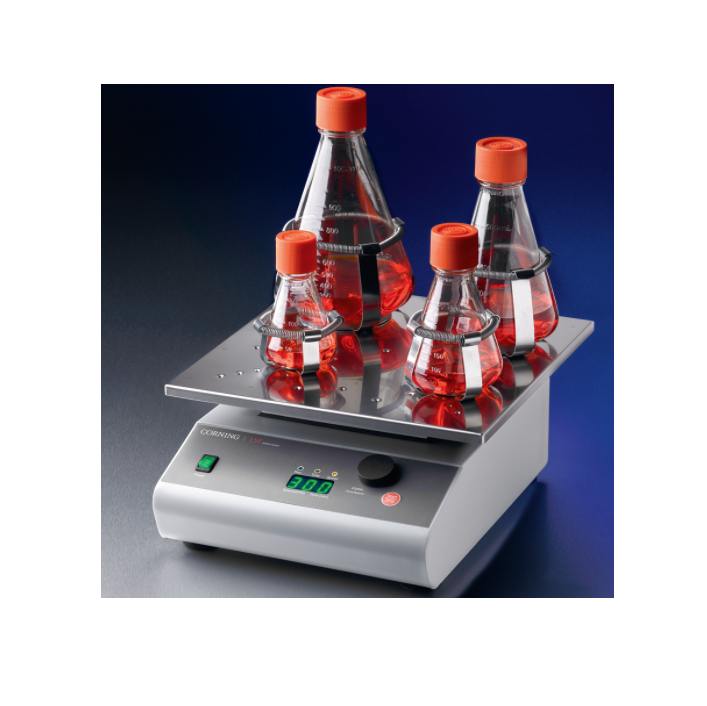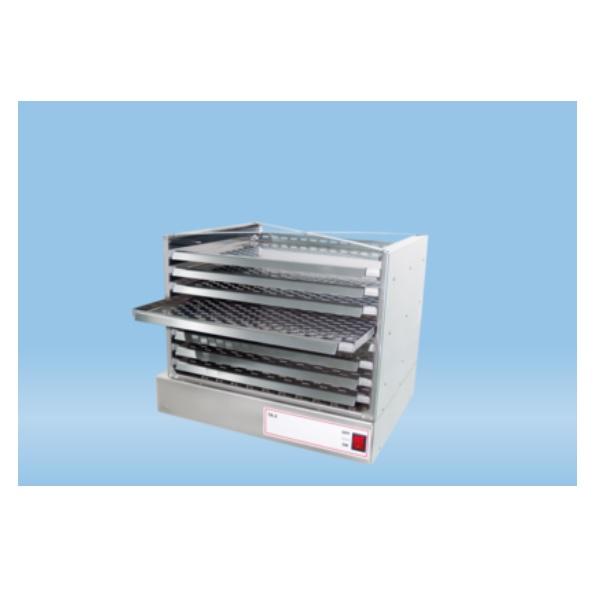Gynemed VIBOVIDUCT 1500
On demandGynemed VIBOVIDUCT 1500
It is known that an embryo developing naturally in vivo is exposed to constant vibrations of around 6 Hz increasing to 20 Hz when the oviductal fluid is mechanically agitated by the cilia (Paltieli et al., 1995).
Viboviduct 1500 imitates the natural complex movements in the oviduct and thus significantly increases in vitro fertilization (IVF) success rates. Viboviduct’s advanced technology and high efficiency allow dynamic execution of defined vibration protocols. The device is designed and developed for use in an incubator. It withstands extreme conditions (moisture and temperatures, foreign bodies and dust, contamination with bacteria and viruses).
Vibrations Simulating Nature:
Viboviduct uses micro-vibrations with defined strength, frequency and time intervals to simulate the natural complex movements and vibrations in the oviduct. These parameters can be defined and changed manually by the embryologist. Integrating the most advanced technologies Viboviduct 1500 allows dynamic execution of defined protocols in the incubator over several years without loss of performance.
Mechanical stimulation of embryos in surrounding culture fluid induces and amplifies the cell to cell communication and leads to positive effects on embryo development and quality. An additional effect of micro-vibrations can be found in the continuous refreshment of the medium surrounding the embryo.
Methodology Of VIBIODUCT:
Free calcium (Ca2+) plays a crucial role in oocyte fertilization and development. The mechanical stimulation of ciliated epithelial cells in culture induces a wave of increasing Ca2+ that spreads from the stimulated cells to neighboring ones. In the absence of extracellular Ca2+, these mechanically stimulated cells show no change or decrease in Ca2+, whereas Ca2+ increases in neighboring cells. The in vitro culture of human embryos in a medium subjected to regular short intervals of mechanical agitation leads to increased development rates. This type of treatment mimics conditions in nature whereby oviductal fluid is mechanically agitated by the epithelial cilia.
Mechanical stimulation of embryos in surrounding culture fluid induces and amplifies the cell to cell communication and leads to positive effects on embryo development and quality.
An additional effect of micro-vibrations can be found in the continuous refreshment of the medium surrounding the embryo.
MoreThere are no specifications
There are no report
You May Also Like
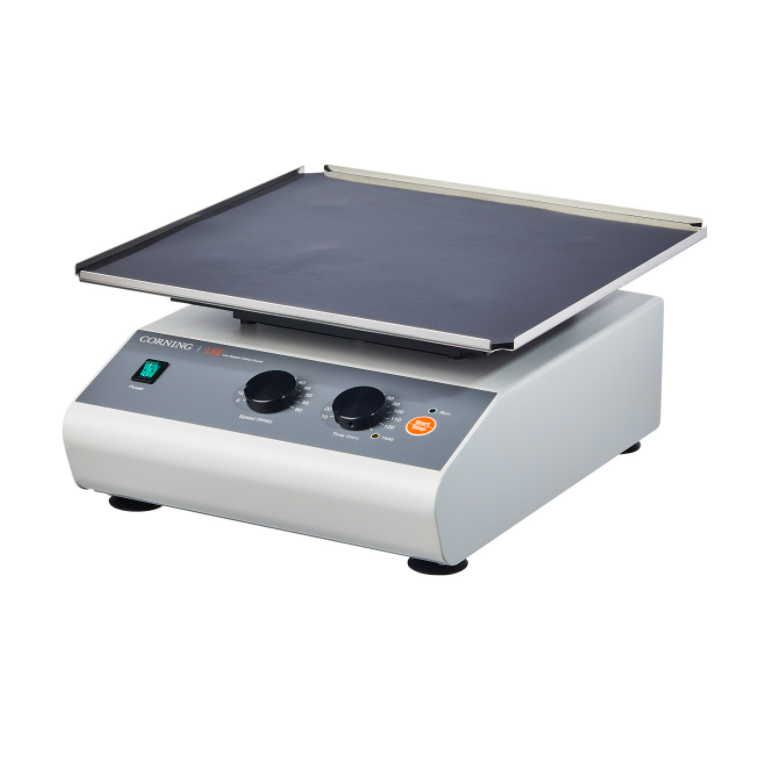
Corning® LSE™ Low Speed Orbital Shaker, with Flat Platform, 230 V, EU Plug
$ 1,213
On demand

New Brunswick™ Innova® 2050, platform sold separately, orbit 1.9 cm (0.75 in)
$ 3,548
On demand
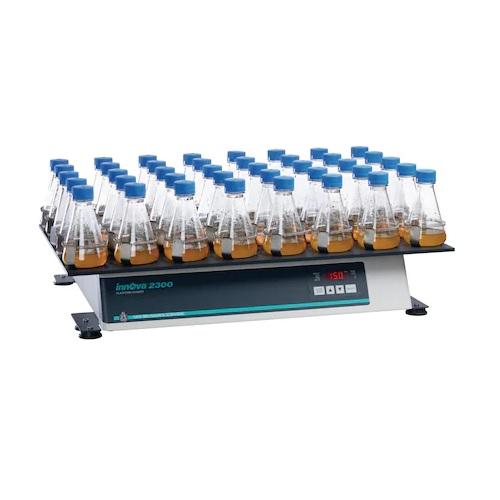
New Brunswick™ Innova® 2350, platform sold separately, orbit 5.1 cm (2 in)
$ 9,318


